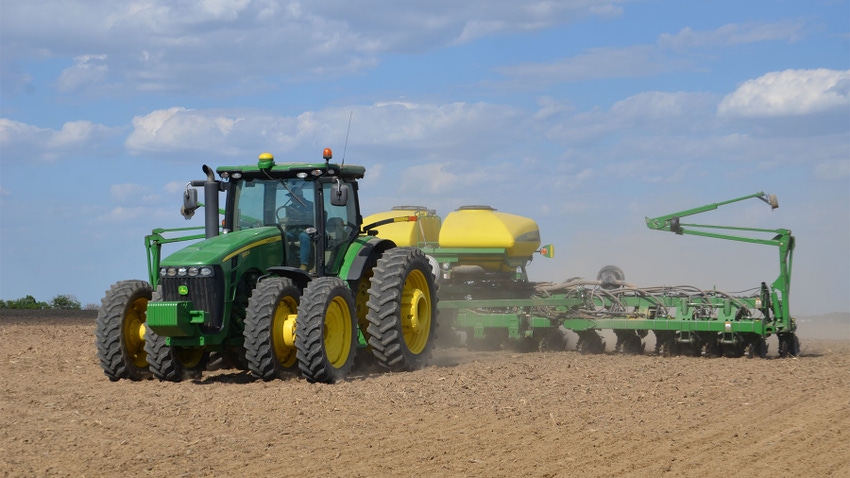
If Dennis Todey could lay out the weather forecast for 2024 with 100% accuracy, you wouldn’t be reading it here for free. No one can do that, at least not yet. What skilled climatologists can do is assess past and current weather conditions and point to possible trends.
“We can help you determine what to look for so you can better assess how weather may impact your farming operation,” says Todey, director of the USDA Midwest Climate Hub based in Ames, Iowa. He adds that climate change is affecting weather patterns, and it pays to plan how to manage around them.
Here is a broad overview of weather-related impacts:
El Niño now and future. A strong El Niño event has continued into winter, delivering winter conditions typical of an El Niño year, Todey says. El Niño is one of the three phases of a cycle related to warming of sea surface temperatures in the tropical Pacific Ocean. Across much of the Midwest, early winter was drier and warmer than normal.
“The current El Niño will likely weaken into spring, and is unlikely to affect summer weather patterns,” Todey says. “Look for a neutral phase of the El Niño-La Niña cycle to develop later in 2024.”
Climate change impacts. Evidence accumulated by the Midwest Climate Hub points to climate change over the past three decades. “We’ve seen bigger and more extreme weather events, with increasing variability and larger disaster issues,” Todey explains.
He believes that’s one reason why Iowa ranks third nationally in indemnity payments paid to farmers via crop insurance since 1989, at $10.6 billion. Texas and North Dakota lead the list. Ironically, both drought and consistent wetness account for the biggest losses in agriculture.
Precipitation changes. Over time, annual precipitation is up in many places. However, much of the increase occurs during off-season months, Todey notes. Chances for larger rain events in the spring on average have often meant planting delays. “That’s why farmers should investigate ways to reduce soil and nutrient loss associated with big rain events,” he says.
Temperature changes. The warmer winter in 2023-24 directly links to El Niño, Todey says. However, there is also a general warming trend for Midwest winters over the past three decades.
“We’re also seeing warmer nighttime temperatures,” he says. “It’s likely tied to increased humidity levels. Higher night temps in summer can impact crops, especially corn.”
Length of growing season. The average growing season is up to 10 days longer in some locations compared to three decades ago. “It is largely due to later killing freezes in the fall and earlier last freezes in the spring, but it is highly variable by location,” Todey says.
USDA recently adjusted growing zones for plants to reflect that some species can now overwinter farther north than they could before.
Spring and summer 2024. Right now, it looks like there should be fewer planting delays than normal in this spring, Todey says. An ongoing dry trend should continue.
“We expect some marginal recovery from the drought still ongoing in some areas since last year,” he says. “However, it’s too early to know for sure how much soil moisture will recover going into spring.”
Read more about:
WeatherAbout the Author(s)
You May Also Like




